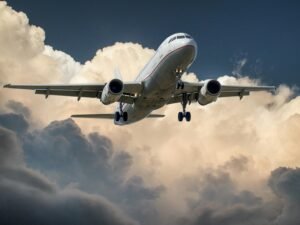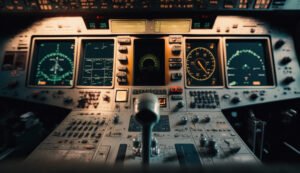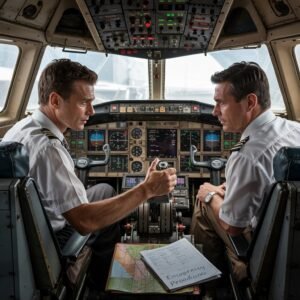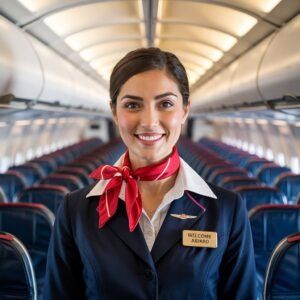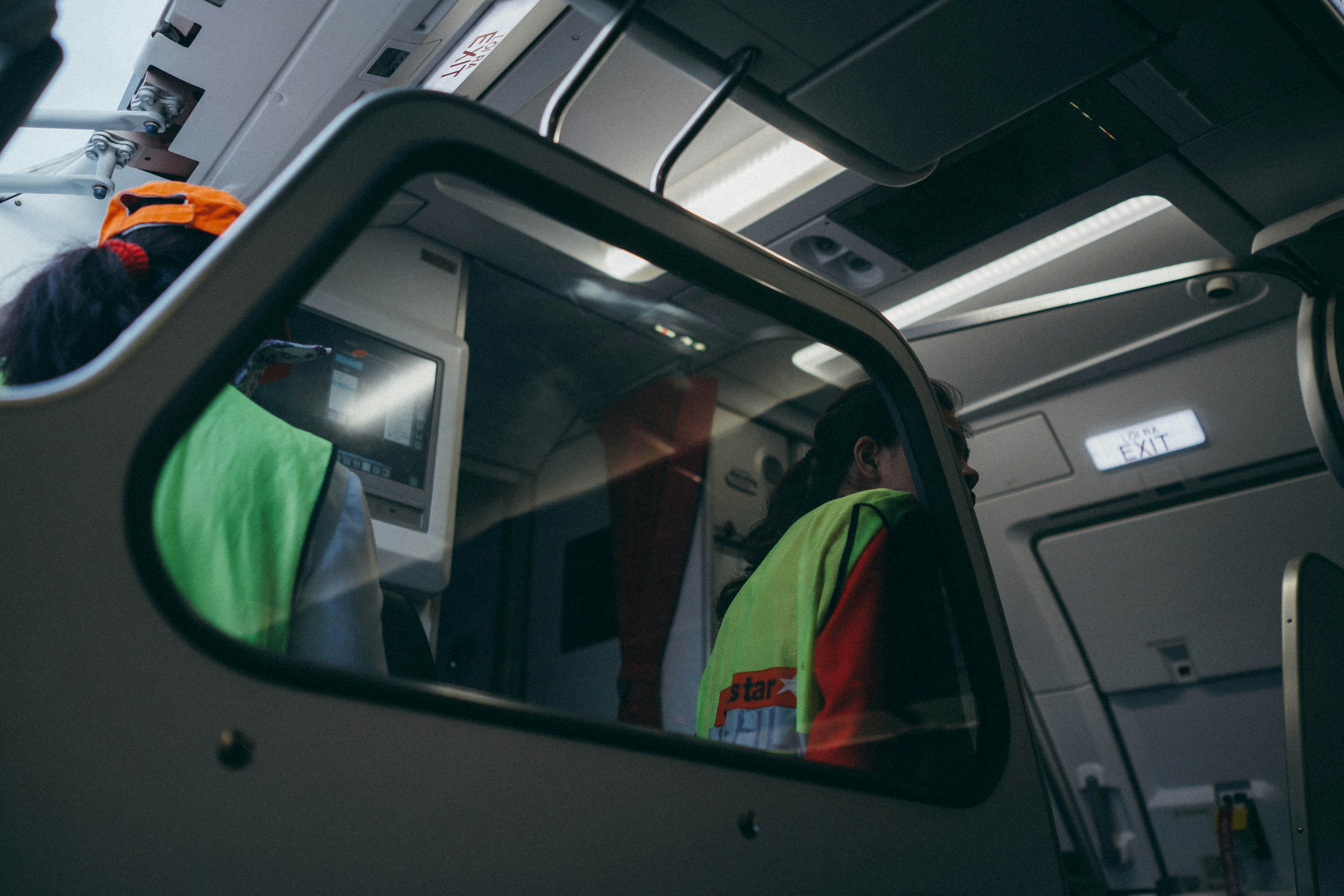
Overview of Aviation Training Programs
Aviation training programs play a crucial role in establishing a safe and efficient aviation environment. These programs are designed to equip aspiring pilots, cabin crew members, and dispatchers with the necessary skills and knowledge required to perform their duties effectively. By adhering to stringent regulatory frameworks, these training pathways ensure that industry standards are met and maintained, fostering professionalism within the aviation sector.
For pilots, aviation training encompasses both theoretical and practical instruction, including ground school and flight training. Ground school provides foundational knowledge about aircraft systems, navigation, meteorology, and regulations. Flight training, on the other hand, allows pilots to develop their flying skills under the supervision of certified instructors. This rigorous training process is essential for achieving the qualifications required to hold a pilot’s license and ensures that pilots are prepared to handle various aviation scenarios safely.
Cabin crew training is equally vital in maintaining passenger safety and comfort. Programs typically include training on emergency procedures, customer service, and in-flight operations. Regulations set by governing bodies mandate that airline crews undergo comprehensive training to respond effectively to safety threats and to provide high-quality care to passengers during flights. This investment in cabin crew training not only elevates the overall travel experience but also reinforces the importance of safety protocols.
Dispatchers, who play a crucial role in flight operations, also undergo specialized training. Their programs focus on flight planning, meteorological analysis, and coordination with pilots and air traffic control. Understanding regulatory requirements and safe flight operations is essential for dispatchers to help ensure that flights operate smoothly from takeoff to landing.
Key stakeholders, including flight schools, airlines, and regulatory authorities, work collaboratively to create comprehensive aviation training programs. This cooperation enhances the quality of training and promotes a culture of safety and professionalism throughout the aviation industry. As the sector continues to evolve, adapting training methodologies to accommodate technological advancements remains a priority for ensuring the success of aviation professionals.
Pilot Training: From Aspiration to Certification
Pursuing a career as a pilot requires a structured and comprehensive training approach that guides aspiring aviators from their initial enthusiasm to attaining the necessary certifications. The journey typically begins with ground school, where students learn essential theoretical knowledge such as aerodynamics, navigation, meteorology, and regulations. This foundational knowledge is crucial for safe flying and understanding the complexities of aviation.
After completing ground school, aspiring pilots engage in simulator sessions, which allow them to practice flying in a controlled environment. These sessions are designed to familiarize students with aircraft systems, emergency procedures, and various flight scenarios without the risks associated with actual flight. Simulator training enhances a pilot’s skill set, preparing them for real-world flying lessons.
The next step involves accumulating actual flight time, which is a critical component of pilot training. Federal Aviation Administration (FAA) regulations stipulate minimum flight hour requirements, including solo flight hours and cross-country flying. During this phase, student pilots work closely with certified flight instructors (CFIs) to develop their flying skills, receive constructive feedback, and prepare for flight tests.
Once the initial training is complete, aspiring pilots can pursue various certifications and ratings. The Private Pilot License (PPL) marks the first major milestone, allowing pilots to fly independently. Subsequently, pilots often aim for the Instrument Rating (IR) to enhance their flying capabilities in adverse weather conditions, followed by the Commercial Pilot License (CPL), which allows them to be compensated for their flying services.
Two primary training modalities are available: Integrated and Modular training programs. Integrated training offers a cohesive approach, combining ground and flight training into a single curriculum, while Modular training allows flexibility to complete various components at an individual pace. Ultimately, each route has its advantages, depending on the pilot’s career goals and personal circumstances. Additionally, obtaining Flight Instructor ratings can be beneficial, as it enables pilots to build flight hours while teaching others, thereby enhancing their employment prospects in the competitive aviation industry.
Training for Cabin Crew: Enhancing Passenger Safety and Service
The training of cabin crew is a fundamental aspect of ensuring passenger safety and comfort during flights. The comprehensive training program encompasses a variety of essential components that equip cabin crew members with the necessary skills and knowledge to perform their duties effectively. One of the primary focuses of this training is the adherence to safety protocols. Cabin crew members are rigorously trained in the use of safety equipment, emergency procedures, and evacuation protocols. These training sessions often include simulations and practical exercises that prepare them to respond efficiently in a real emergency situation.
In addition to safety protocols, emergency response procedures are thoroughly covered in cabin crew training. This includes training on first aid, managing medical emergencies, and utilizing appropriate equipment. The emphasis on these procedures is critical, as cabin crew are typically the first responders when emergencies arise on board. This part of the training not only focuses on theoretical knowledge but also includes hands-on practice to ensure that crew members can act decisively under pressure.
Another vital element of cabin crew training is customer service. Cabin crew members are taught to engage with passengers courteously and professionally. Effective communication skills are emphasized, as they play an essential role in accommodating passenger requests and managing issues that may arise during the flight. Moreover, teamwork training is integrated into the curriculum to foster collaboration among crew members, as working cohesively is crucial in maintaining a safe and pleasant environment in high-pressure situations.
To ensure that cabin crew members remain adept at their roles, ongoing training and professional development opportunities are provided. This may include refresher courses, workshops, and seminars on updated safety protocols and service techniques. Continuous learning is vital in maintaining aviation standards and enhancing the overall travel experience for passengers. Such ongoing education not only reinforces their initial training but also helps cabin crew members adapt to evolving industry practices and safety regulations.
Dispatcher Training: Coordinating Safe and Efficient Flights
Flight dispatchers play a pivotal role in the aviation industry by ensuring the safe and efficient operation of flights. Their responsibilities encompass a wide range of essential tasks that begin long before a flight takes to the skies. One of the primary duties of a dispatcher is flight planning, which involves calculating fuel requirements, determining optimal flight routes, and complying with various regulatory requirements. This meticulous planning is integral to enhancing flight safety and operational efficiency.
In addition to flight planning, dispatchers are tasked with monitoring weather conditions and other factors that may affect flight operations. This includes analyzing real-time weather data and communicating any potential hazards to flight crews, ensuring that decisions are based on the most current information available. Strong communication and coordination skills are therefore fundamental attributes for successful flight dispatchers. They must effectively relay pertinent information to pilots and air traffic control, facilitating seamless operational flow.
Dispatcher training programs cover an extensive array of knowledge areas critical for future dispatchers. These programs typically include thorough instruction in navigation principles, regulatory guidance, and aviation meteorology. Candidates also gain competency in the use of various technologies and software used in the industry, enhancing their ability to perform essential tasks. With the rise of advanced technologies, dispatcher training is continually evolving, incorporating lessons learned from both technological advancements and industry-specific challenges.
As the aviation sector continues to adapt to new developments, the role of dispatchers remains vital. Their expertise not only supports flight crews in executing safe and efficient operations but also contributes to the overall safety of the aviation ecosystem. Graduates of dispatcher training programs emerge equipped with the skills necessary to navigate the intricacies of modern aviation, reinforcing the importance of their training in today’s fast-paced environment.



